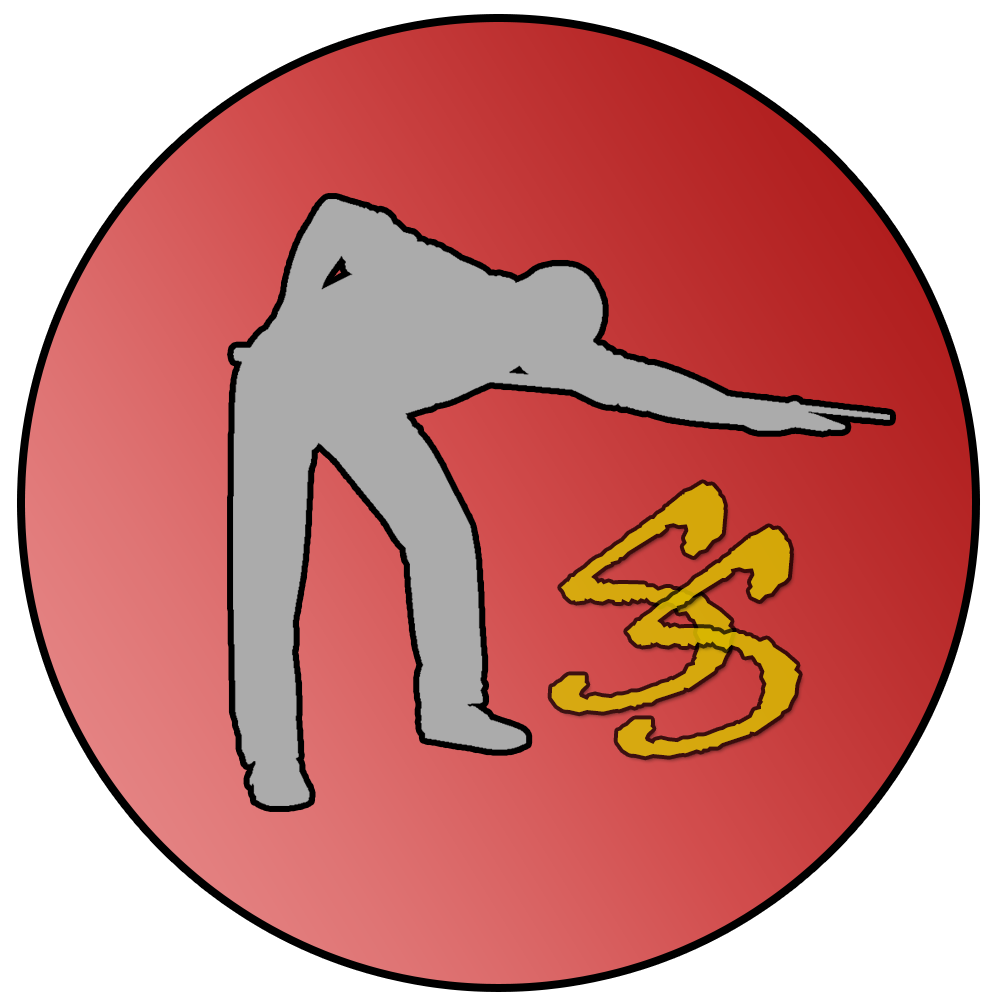It had been over 6 years since he was able to win a ranking event, and he was tiptoeing around the idea of retirement. However, the 2017/18 season saw the resurgence of Mark Williams as he was able to win 3 ranking titles, including the World Championship, which he last claimed in 2003. His record at the WSC hadn’t been significant for a number of years, yet he was able to overcome fierce opposition in order to go the distance in 2018.
The first two rounds for Williams included relatively comfortable victories over long-time professionals Jimmy Robertson (10-5) and Robert Milkins (13-7). Williams then proceeded to the quarter-finals where he faced Ali Carter in what turned out to be another solid performance in which he maintained a lead throughout the course of the match.
Williams’ first real test came in the semi-finals where he competed against Crucible specialist, Barry Hawkins. Hawkins was in the middle of a great run of form as he was in his 5th semi-final in 6 years at the World Championship. This was evident as this was the only match in Williams’ WSC run where he was on the back-foot for most of it. Williams was behind throughout the entire match, losing the first three out of four sessions. Keeping at the heels of Hawkins, Williams was able to level the score-line at 15-15 then pull away with a couple of closely fought frames.
The final was set up between Williams and Higgins, creating the ‘oldest’ final since 1977. In the 26 years these two have been professional, they have only competed in Triple Crown finals twice (both at the UK), with Higgins coming out on top on both occasions. Williams was in his first world final in 15 years, while Higgins (unknowingly, at the time) was in the second of his three consecutive world final runs.
It was a classic final contested by two of the most successful modern players, which will be remembered by many for the lead that Williams was able to build and that Higgins was able to claw back. And also the post-final press conference. Williams developed a 10-7 overnight lead, then extended this to 15-10 the following day. However, Higgins showed his class as he reeled off the following five frames to level.
Williams inched himself closer to the winning line as he got to 17-15 and looked ready to win 18-15 until he missed the crucial pink ball in Frame 33 that would have spared him some grief in the following couple of frames. Higgins was able to reduce arrears to 17-16 but Williams held his composure to make a break of 69 and win his third world title, at the age of 43.
Many, including Williams, questioned where this performance came from; with most crediting Sight Right and others referring to his successful season prior to the Worlds. Whatever the reason, Williams contributed to a WSC to remember, including moments such as his incredible no-look snooker-escape-turned-pot against J. Robertson. While everyone was focusing on O’Sullivan, Selby and other favourites, Williams was able to fly under the radar and return to the top of the game.
Like this Short? Click here to read: Masters 2016 - Throwback
Have an idea for a Short post? Feel free to get in touch using the social media links below! Thanks for reading!









